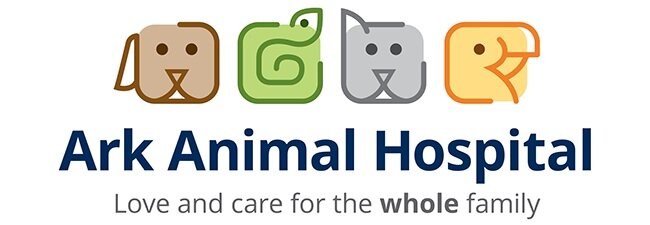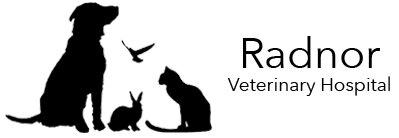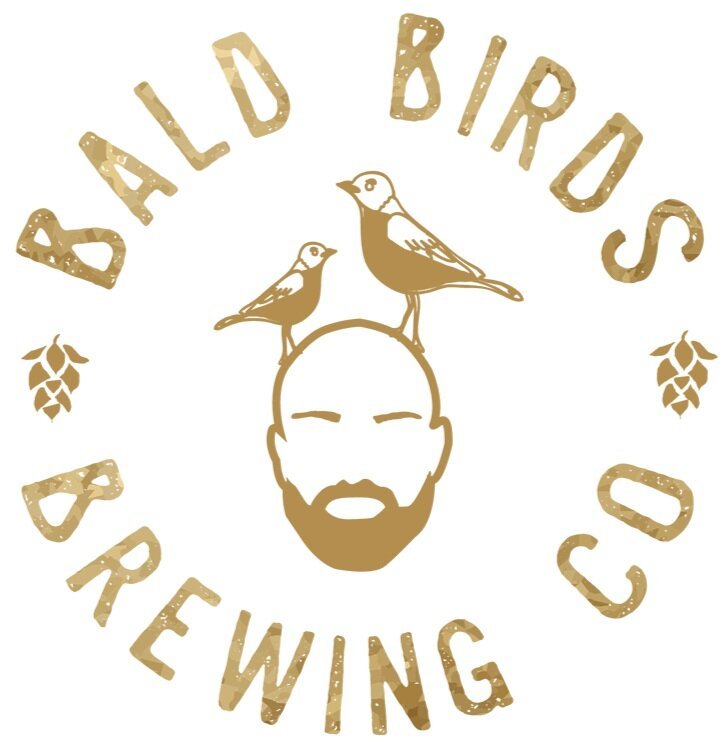By Michele Wellard, Assistant Director
This is the story of a Great Horned Owl and his initial treatment at the wildlife center. A caring member of the public was concerned enough to call us when she found him on the ground and follow our instructions for capturing and transporting him. She brought him in a large plastic tub.
I opened the container, carefully looked inside, and saw those huge yellow eyes looking up at me. He was beautiful, but he looked weak.
Director Rick Schubert and I examined him. First, Rick held those dangerous feet (Red Tailed Hawk talons can hurt you, but Great Horned Owl talons can put you in the hospital) while I prepared fluids to give him. Rick said the owl was emaciated and dehydrated. Suddenly, we saw the feather flies on his body. Feather flies, also called hippboscids, are evil. They dart and scurry around and you see them for a second, and get ready to grab one, and they go bury themselves deep in the feathers again, disappearing. Rick grabbed a fly and smashed it with his thumb. CRACK, it went, spewing the owl’s blood on the white exam table sheet. Then I saw one and grabbed it and did the same thing with my thumb. CRACK. The blood spewed, and I swear the thing came back to life. I had to take my thumb and mash and mash and mash it onto the white sheet to finally kill it.
I got out the feather lice/fly spray and sprayed the owl all over, under the wings, on his back, near his vent, all over. Then we went back to preparing the fluids. Suddenly, the flies got angry at the chemical killer, and started coming out of the owl en masse. They scooted all over the owl. They flew off him onto my shirt, into my Rick's eyes, into my mouth. I spit them out and killed them. Rick picked them off his cheek and shirt. We worked on killing them with our fingers, Rick one handed since he still had the owl’s feet (the owl’s head was covered to reduce his stress). We killed about 40 feather flies with our fingers, leaving 40 bloody smears on the sheet, as they flung themselves off the owl and onto us.
Rick flipped the owl so his feet were down so I could access his back. I parted his feathers to give him an injection of fluids. His pink skin was covered in red feather fly bites. I wanted to cry for this poor creature.The flies continued to jump out and we continued to search and kill them. Then I parted the feathers on his neck and saw…maggot eggs.
Flies love to lay their eggs on a compromised, sick bird, and they go deep into the blood feathers (a blood feather is a feather that is still growing, so still has a blood supply). Rick removed as many maggots as he could physically with hemostats (metal grabbers)
Rick then transferred the feet to me and I held them while he left the room to prepare some oral rehydration fluid, L-Glutamine, and Capstar (which kills maggots from the inside of the animal). I was super aware. I had the claws of one of the most powerful, dangerous animals we handle, and I was restraining him. It may seem strange I wasn’t wearing gloves. Not for bravado purposes, but your bare hands have more control. It’s easier for a powerful animal to slip out of hands you can’t feel.
So, while he was out of the room, it was just me and the owl. He was on his back, his head covered, with me holding his powerful feet. Flies were getting irritated and leaving his body, flying up into my face, smacking me in the eyes, hitting my tongue as I took a breath. I spit one out on the floor as I remembered not to let those talons go. I was able to kill 5 or so flies as I held the feet with one hand.
Rick came back and we transferred the feet to him. He pried open the owl’s mouth and I inserted the long tube down his throat, made sure it was in place, and pushed the plunger. Then he put the owl face down and I gave him his fluid injection.
The poor dear owl, once the most fierce killer, looked like he had given up. He must feel so sick, and on top of that, what he must perceive as predators are grabbing, poking and prodding him. His head slumped and he closed his eyes. I thought he might die. I try to convey to these patients, even though they can’t understand, “I won’t hurt you. I am trying to help you. I am sorry about this.”
Because we sprayed his feathers, they were wet. In his weakened condition, there was a danger of him becoming hypothermic . We put him in an incubator and covered it to make it dark. In a half an hour, I checked on him. He had lifted his head. He looked brighter. He started actually clacking his beak at me, the universal owl signal for “*@*&*) ”!
We had made some progress.
We treated him for several days, and the owl started eating, perching, and hooting. After a few weeks, he really started to recover
Not too long after, he was released back into his wild territory.











